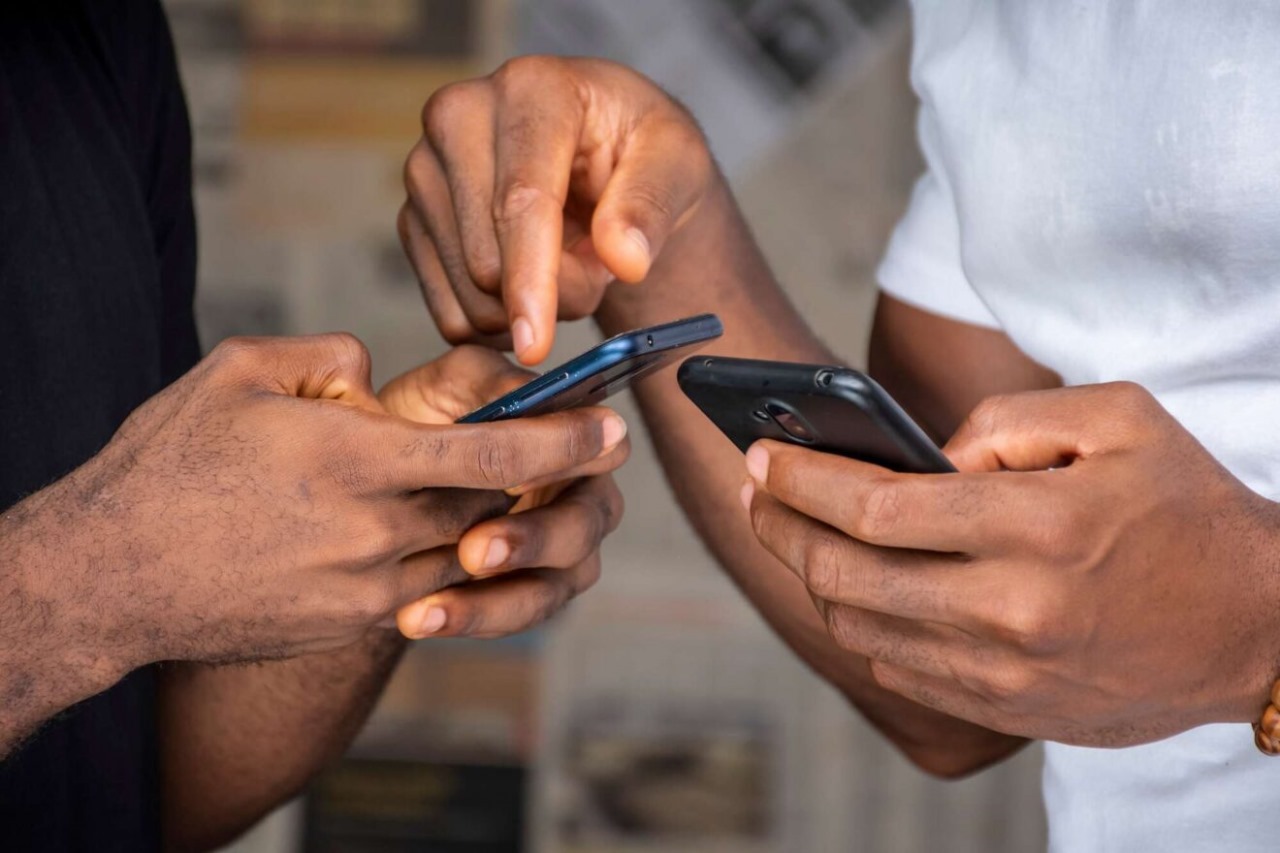A notable change that demonstrates how Kenyans’ financial habits have changed is the increasing number of Kenyans who are avoiding traditional banks in favor of mobile money services.
For millions of people looking for credit, mobile money has emerged as the preferred choice, as the World Bank’s newly published Global Findex 2025 Report vividly illustrates.
According to the report, 32 percent of Kenyan adults borrowed from mobile money providers in 2024, with 25 percent relying solely on these platforms. This marks a significant jump in formal borrowing compared to 2021, underscoring the growing trust in digital lending systems.
Even more notably, mobile money loans now make up 86 percent of all formal borrowing, showing just how entrenched this model has become in daily financial life.
What’s driving this trend? Accessibility, speed, and convenience. With over 51 digital lenders licensed by the Central Bank of Kenya and government initiatives like the Hustler Fund, mobile lending has filled the gap left by bureaucratic and rigid banking systems.
However, gender disparity persists; only 16 percent of women reported borrowing through mobile wallets, pointing to the need for more inclusive digital finance strategies.
Beyond lending, Kenya continues to lead in digital financial services. 71 percent of agricultural payments were made digitally, a sharp contrast to countries like Uganda, where cash still dominates.
Furthermore, digital utility bill payments and merchant transactions surged, with digital merchant payments rising from 37 percent in 2021 to 56 percent in 2024.
Kenya now sits in the ranks of global leaders in online payments, alongside China, Brazil, and Kazakhstan. The World Bank report suggests a new frontier, leveraging digital transaction records for creditworthiness, especially for informal traders without physical storefronts.
In a country where school fees top financial concerns, digital finance is not just about convenience, it’s about survival and opportunity.









